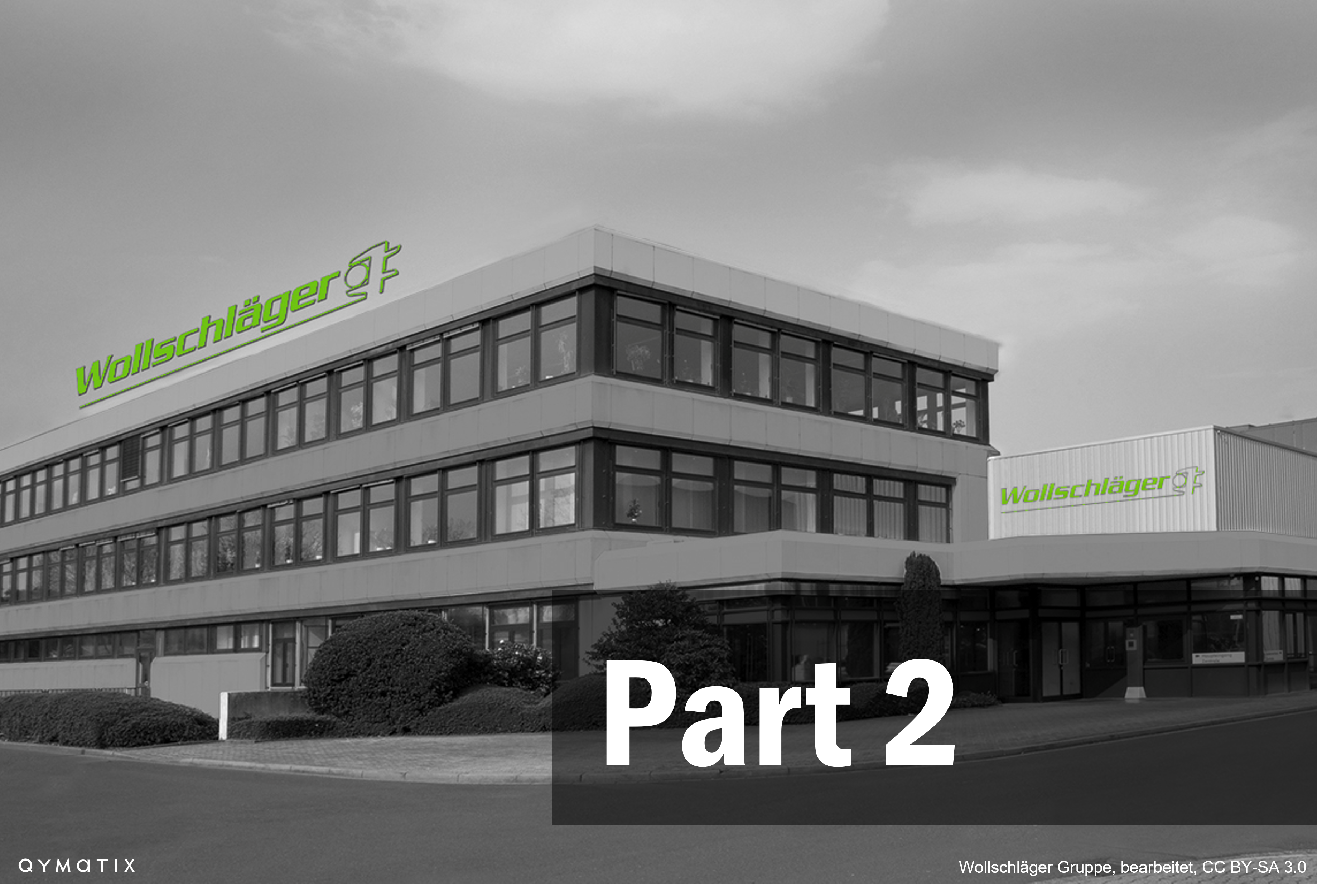The History and Downfall of a German Wholesale Company “Wollschläger” – Part 2

Please enter your Email address
It continues with part 2 of the story and the downfall of the wholesale company “Wollschläger”. What can wholesale companies learn from this? If you have not read part 1 yet, click here.
If acquiring an entire company (Essener Arbeitsschutz GmbH in 2007) was not a complex project already, the introduction of SAP (ERP, EWM, PI and BI) followed in 2009. In the same year, Haberstock left Hamburg for the headquarters in Bochum to work in controlling and in the e-procurement business area, under the name of fuxx4trade.
The Wollschläger Group now had 12 branches throughout Germany and employed over 600 people, including 130 sales field experts.
In 2010, after ending the partnership with Adolf Pfeiffer GmbH & Co. KG, Wollschläger opened another branch in Mannheim. On the 1st of June of the same year, the Wollschläger Group granted Frank Haberstock power of attorney and appointed him to the management team. In this new function, he was responsible for national sales. One of the most experienced, loyal, and valuable sales talents, Haberstock, had now one of the biggest salesforces deployed in the distribution segment at the time.
The turnover of Wollschläger GmbH & Co. KG had more than doubled from 2000 to 2010. Things were going good for Frank.
The global financial crisis of 2009 seemed to be over by then, at least in Germany. The country was hit relatively hard by the crisis, with a GDP decline of 4.7 %, compared to the previous year. This drop was harder than the drop in France, the United Kingdom, or the United States.
The growth of e-commerce in the German B2C sector reached saturation after 2010, as the last record growth of almost 30% was recorded in that year. Since then, growth in B2B e-commerce has also slowed further. Is B2B commerce facing a turning point?
***
If strategy is hard to change, cosmetic is not. In 2012, Wollschläger announced a new plan, including a new light green corporate design. The company celebrated its 75th anniversary.
Frank Wollschläger kept the pace and embarked on ambitious future projects, national and internationally. In 2012, the new Wollschläger Austria branch opened in Breitenbach am Inn. The same year, Frank Wollschläger announced a new project: a new company headquarters in Bochum.
“History, in the end, becomes a form of irony.”, wrote the Pulitzer-award-winner, Arthur Schlesinger. I cannot help but find the irony of Wollschläger’s story, when reading, that in 2012 they bought the – then closed – Nokia plant in Bochum. Until 2008, the telecommunications group’s plant, in the northern district of Riemke, was one of Nokia’s 15 production sites worldwide in nine countries. Its origins date back to 1956. More than 4,500 people worked there once.
Wollschläger purchased and would use the 120,000 square metre area for logistics and administration. Nothing less than the Berlin-based architectural firm Designyougo, now OOW, founded by students of architectural icon Norman Foster, was responsible for designing the new building.
Frank Wollschläger’s plan included setting up a production facility for medical tools, including equipment for implant technology, and creating hundreds of new jobs. “A building as a business card – extravagant and daring” – can still be read on the architect’s project page. Frank never completed his extravagant and daring building.
In 2013 the Wollschläger group tripled its storage space to about 30,000 square metres, a quarter of the final planned capacity. It also moved to a larger building at its new place, with a state-of-the-art logistics and storage centre.
In the meantime, internal voices expressed concerns about over-indebtedness, problems of coordination and business excellence at the company. The headquarters move did not go as planned and bogged down for almost another year. Finally, during the Christmas of 2014 and until January 2015, 94 logistics employees would get it done. In twelve days, they moved 800 tonnes worth of 50,000 articles in 400 truckloads.
The considerable investment brought place for 10,000 pallets. Many workers were exhausted. One former manager wrote me: “in retrospect, the company simply placed too great a focus on permanent growth through acquisitions. It should have paused to breath.” Yes, it should.
At around the same time, I was giving birth to Qymatix, with a mission of helping B2B salespeople in distribution, manufacturing, and services become more successful using predictive analytics. Wollschläger looked like an obvious candidate for our upcoming technology.
I was starting. Frank Wollschläger had no plans to stop. The new warehouse cost at least 15 million euros, employed 100 employees, and delivered more than 3,000 parcels per day. There were more than 700,000 articles available in the ERP System, of which around 85,000 were available in stock. The new catalogue – the number 13 – included 30,000 articles in 1,400 pages. Which sales team can successfully sell this huge number of products?
How the development of the Wollschläger Group continues and which decisive business decisions Frank W. will make next, you will find out in part 3 of the Wollschläger series.
I WANT PREDICTIVE ANALYTICS FOR B2B SALES.
Further Read (all sources are in german language):
Simone Podieh: Alles für den Kunden
Alexandra Rüsche: Siegfried Hakelberg neuer Vertriebsleiter bei Mercateo
Martin Wocher: Das Ende einer Bochumer Traditionsfirma
Dirk Andres: In welchen Branchen die nächsten Pleiten drohen
Thomas Schmitt: Dänisches Handelshaus übernimmt Wollschläger in Bochum
WollschlaegerGroup: Erfolgsgeschichte Wollschläger
Andrea Schröder: Wollschläger: Investor zieht Kaufangebot zurück – 420 Mitarbeitern wird gekündigt
Industry Arena: Neue Metav hat überzeugt
Derwesten: Wollschläger-Gruppe aus Bochum hat Insolvenz angemeldet
Wikipedia: Wollschläger Gruppe